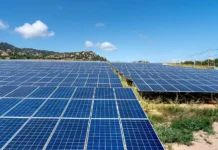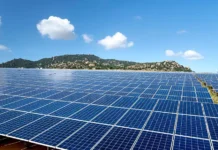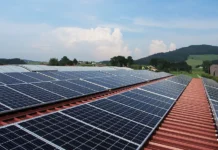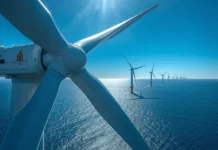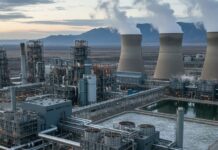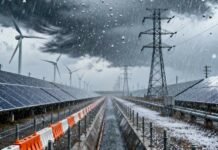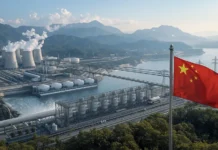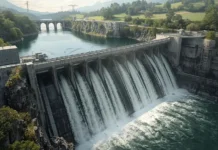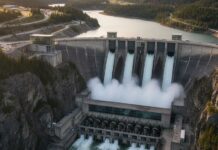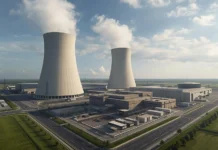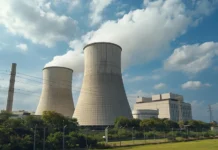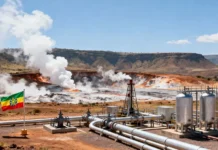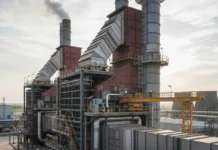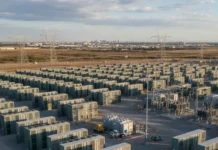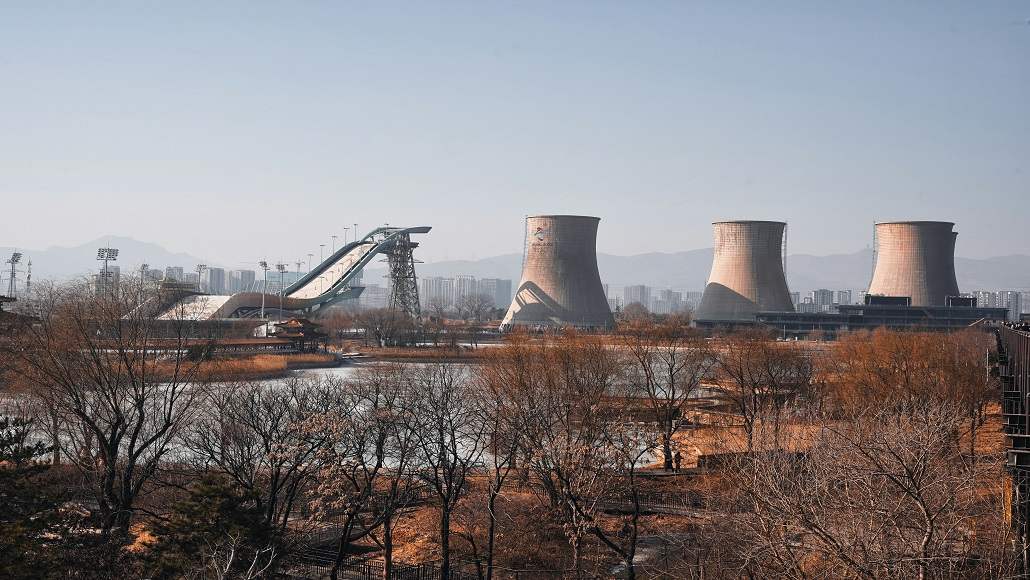China has recently gone on to avail its groundbreaking ambition in order to construct the first plant in the world, which is called Xinghuo, which means spark in Mandarin. This kind of innovation marks a prominent leap within the realm of energy production, thereby potentially igniting a tech revolution having far-reaching economic as well as geographical implications. Xinghuo’s hybrid nature, which combines fusion as well as fission reactions, promises to maximize the energy output while at the same time minimizing the radioactive waste by setting a new yardstick in terms of nuclear power efficiency along with sustainability. As the world goes on to watch the ambitions of China, the ramifications in terms of global energy mix are indeed profound.
What is the science behind fusion-fission?
At the core of the present nuclear power technology happens to be fission, which is a process that goes on to involve splitting heavy atomic nuclei like uranium in order to release energy. In contrast, fusion happens to be the reaction that powers the sun, in which a couple of lighter atomic nuclei go on to combine in order to form a heavier nucleus, thereby releasing a massive amount of energy within this process. Fusion in theory is likely to produce at least four times more energy per kilogram of fuel compared to fission, thereby making it a cost-effective energy source.
The distinct feature when it comes to the Xinghuo hybrid fusion-fission nuclear plant is its capacity to go ahead and merge these two reactions. The high-energy neutrons that are produced by the process of fusion are utilized in order to initiate fission within the surrounding materials, thereby creating a self-sustaining cycle, which happens to maximize the production of energy. The dual-stage reactor system happens to be locally designed in order to utilize every particle to its highest potential, thereby revolutionizing how nuclear energy gets harnessed.
Financial along with technical ambitions
The Xinghuo project happens to come with a very high price tag of almost $2.7 billion by aiming for a consistent production capacity of around 100 MW. Although this kind of output is almost similar to a small nuclear reactor, Xinghuo’s ambition lies in attaining a Q factor that is greater than 30. It is well to be noted that a Q factor happens to be a measure of the ratio of energy that is produced by way of heating the plasma. If you compare it, the ITER project in France is indeed targeting a Q of 10, whereas the recent achievements in the US happened to boost a Q of 1.5. Such kinds of objectives, which are ambitious, highlight the determination of China to lead in the next generation of nuclear tech.
Apparently, the hybrid fusion-fission nuclear plant is going to get constructed on Yaohu Island within the Jianxi province, which is an area very rich in copper resources and necessary for superconducting cables that are required in plasma confinement. It is well to be noted that its strategic location syncs with the vision of China in order to integrate scientific advancement along with resource availability by making sure that the success and sustainability of the project are indeed guaranteed.
Environmental considerations as well as strategic positioning
Before the Xinghuo plant could begin its operations, it had to pass a comprehensive evaluation based on environmental impact. This kind of assessment will include analysis in terms of air as well as water quality, potential impact when it comes to local ecosystems, and also noise emissions. Besides this, the report is also going to feature a risk management plan as well as a long-term tracking strategy, which will reflect the commitment of the project when it comes to adhering to health standards as well as public opinion.
Apparently, if the construction goes on to proceed as per the plan, China could as well connect its hybrid plant to the power grid by the end of this decade, thereby potentially outpacing the ITER project, which looks forward to an operational date of somewhere around 2035 at the earliest. This kind of strategic advancement not just positions the leadership of China in the nuclear innovation space but also challenges certain other nations in order to speed up their efforts as far as clean energy tech is concerned.
The broad energy strategy of China
China’s energy strategy goes beyond the Xinghuo project as it simultaneously develops the China Fusion Engineering Test Reactor that focuses completely on fusion technology. This kind of initiative could even propel China to the forefront as far as nuclear energy innovation is concerned by offering a very practical and less bureaucratic choice to projects such as ITER.
The energy consumption of China is grand, and as the world’s largest energy consumer, The nation is fast shifting from coal to renewables as well as nuclear energy resources. By the end of the decade, the country plans to install at least 1720 GW of solar as well as wind capacity by going past its initial targets. The country looks forward to raising its natural gas demand and also achieving at least 20% of non-fossil energy consumption this year with an intent of carbon neutrality by 2060. Investments within the storage along with green hydrogen further go on to propel this energy shift, which is indeed ambitious.
As China boldly steps forward with the Xinghuo hybrid reactor, the world indeed watches with high levels of anticipation. This project is not just a tech milestone but also raises questions about the future of global energy leadership. How are other nations going to respond to this advancement in nuclear technology by China, and what are the hybrid energy systems going to play? When it comes to the global pursuit in terms of sustainable power Is there a question that remains?




